Electric Commercial Vehicles: A Guide to the Future of Transport
Electric vehicles have become an
increasingly popular choice for personal use, but did you know that they are
also revolutionizing the way we transport goods and people commercially? Electric
commercial vehicles (ECVs) are quickly becoming the future of transport for
businesses, with benefits such as reduced emissions and cost savings. In this
article, we'll dive into the world of ECVs, exploring everything from their
history to the latest developments in this exciting field.
Types of Electric Commercial Vehicles
There are many different types of electric commercial
vehicles on the market today. Some of the most common include:
·
Electric Buses:
Electric buses are becoming increasingly popular in cities around the world as
a way to reduce emissions and noise pollution.
·
Electric Vans:
Electric vans are a popular choice for businesses that need to transport goods
or people over short distances.
·
Electric Trucks: Electric trucks are being developed for use in the freight industry,
with the potential to reduce emissions and operating costs.
·
Electric Delivery Vehicles: Electric delivery vehicles are being used by companies like
Amazon and UPS to make last-mile deliveries more sustainable.
The electrification of the automotive sector is not limited
to passenger vehicles only. The commercial vehicle industry is also witnessing
a shift towards electric vehicles (EVs) worldwide, and India is no exception.
In India, the adoption of EVs in the commercial vehicle industry is starting
uniquely from the last-mile cargo and people carrier-mainly catered by the
three-wheeler, also known as auto-rickshaws.
Cheapest and Expensive EV Trucks in India
Currently, there are around 200 electric trucks
available for sale in India. Among them, the SN Solar Energy New Passenger
Electric Rickshaw is the cheapest EV, while the Tata Ace EV is the most
expensive EV truck in India. Some of the most popular electric vehicles in the
market include Mahindra Treo, Mahindra E-Alfa mini, Piaggio
Ape E City, Tata Ace EV, and Mini Metro E Rickshaw. To find
the right commercial vehicle for your business needs, explore the list of the
best electric trucks with prices in India and compare them.
Also, Read:
Why Electric Three-Wheelers is Leading the Charge?
In India, the penetration of EVs is happening at the bottom
of the vehicle segments, mainly in the auto-rickshaw segment. The key reason
behind this trend is that an electric three-wheeler offers a compelling value
proposition to the cost-conscious buyer. These tiny electric vehicles can run
within a shorter geographical area without much need for superior
infrastructure, making them a popular choice among commuters. Moreover,
electric three-wheelers are cheaper to operate, which potentially means higher
earnings for drivers and operators.
Indian Electric Three-Wheeler Market
Several established Indian Original Equipment Manufacturers
(OEMs) and start-ups are targeting this entry-level electric three-wheeler
market in India. Some of the top players include Piaggio, Mahindra,
and Atul Auto. New companies, such as Euler Motors, Altigreen,
and Omega Seiki, are aggressively expanding into these emerging vehicle
segments. There are several electric three-wheelers available at different
price points, ranges, and features in the passenger and cargo carrier segments.
Electric Commercial Vehicles in India
India is one of the largest and fastest-growing economies in
the world. With rapid urbanization and industrialization, the country's
transportation sector is facing significant challenges related to pollution,
traffic congestion, and energy security. In recent years, there has been a
growing interest in electric vehicles (EVs) as a solution to these challenges.
While much of the focus has been on electric passenger cars, there is also a
significant potential for electric commercial vehicles (ECVs) in India. This
article explores the opportunities and challenges for ECVs in India.
Overview of the Commercial Vehicle Market in India
India's commercial vehicle (CV) market is one of the largest
in the world, with over 4 million vehicles sold in 2019. The
market is dominated by medium and heavy-duty trucks, which account for around
75% of the total sales. The rest of the market is comprised of light-duty
trucks, buses, and vans. The majority of CVs in India are powered by diesel,
which is cheaper than petrol and has a higher energy density. However, diesel
engines are also a major source of pollution, contributing to air pollution in
cities and climate change.

Why Electric Commercial Vehicles in India?
Electric commercial vehicles (ECVs) have several advantages
over traditional diesel-powered vehicles. First, they produce zero tailpipe
emissions, which can help improve air quality in cities. Second, they are much
quieter than diesel engines, which can reduce noise pollution. Third, electric
motors are more efficient than internal combustion engines, which can result in
lower operating costs for fleet owners. Finally, as the cost of batteries
continues to decrease, the total cost of ownership for ECVs is expected to
become more competitive with traditional CVs.
Opportunities for ECVs in India
There are several opportunities for ECVs in India. First, the
government of India has set a target of achieving 30% Electric Mobility
by 2030. This includes both passenger and commercial vehicles. The
government has also announced several incentives and subsidies for EVs, such as
lower taxes, registration fees, and import duties. Second, there is a growing
demand for last-mile delivery services, which can be served by small electric
vans and trucks. Third, several large fleet operators, such as Amazon
and Flipkart, have already started using electric vans and bikes for
their deliveries. Fourth, there is a significant potential for ECVs in the
public transport sector, especially in cities with high pollution levels.
Challenges for ECVs in India
Despite the opportunities, there are several challenges that
need to be addressed for the widespread adoption of ECVs in India. First, the
lack of charging infrastructure is a major barrier to the adoption of ECVs,
especially for long-haul trucks. While the government has announced plans to
set up charging stations across the country, the progress has been slow. Second,
the initial cost of purchasing an ECV is higher than that of a traditional CV.
While the operating cost of ECVs is lower, fleet owners may not have the
capital to invest in the initial purchase. Third, the range of ECVs is limited,
which may not be suitable for long-distance travel or heavy loads. Fourth, the
quality of electricity supply in India is poor, which can impact the
performance of ECVs.
Conclusion
Electric commercial vehicles (ECVs) have the potential to
transform the transportation sector in India, but there are several challenges
that need to be addressed. The government of India has already taken several
steps to promote the adoption of ECVs, such as incentives and subsidies, but
more needs to be done to address the infrastructure and cost barriers. With the
right policies and investments, ECVs can become a key driver of sustainable and
inclusive growth in India, creating new jobs and reducing pollution and traffic
congestion in cities.
FAQs
What is the current market share of ECVs in India?
Currently, the market share of ECVs in India is very low,
around 1% of the total commercial vehicle sales.
What is the average range of ECVs in India?
The average range of ECVs in India varies from 80-150
kilometers depending on the vehicle type and size.
What is the expected impact of ECVs on the Indian economy?
The adoption of ECVs in India can create new jobs, reduce pollution,
and traffic congestion, and improve the energy security of the country.
What is the cost of setting up a charging station in India?
The cost of setting up a charging station in India can vary
depending on the type and size of the station, but it can range from INR 2-3
lakh per station.
How can the government of India promote the adoption of ECVs?
The government can promote the adoption of ECVs by providing
more incentives and subsidies, setting up a robust charging infrastructure, and
investing in research and development of new ECV technologies.
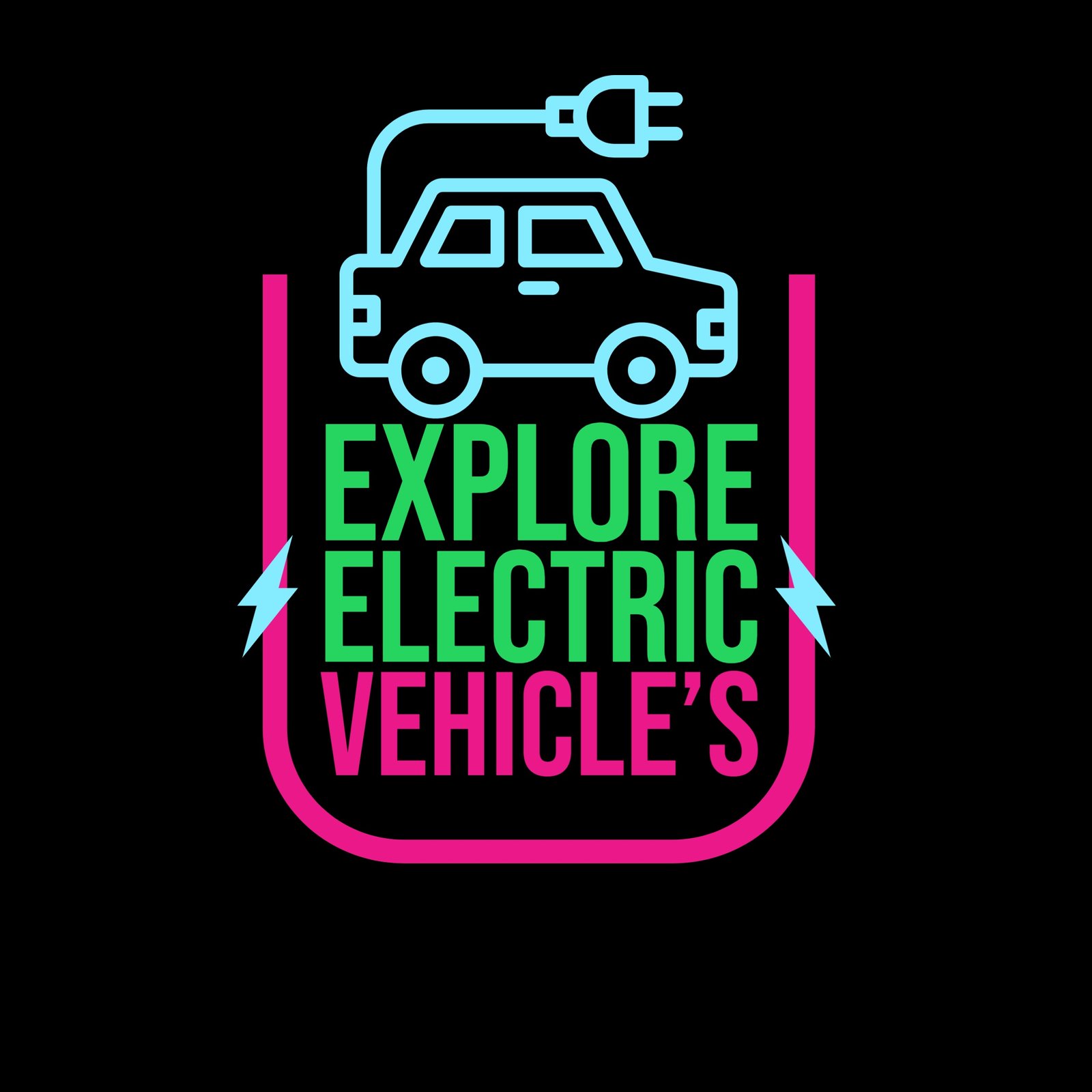

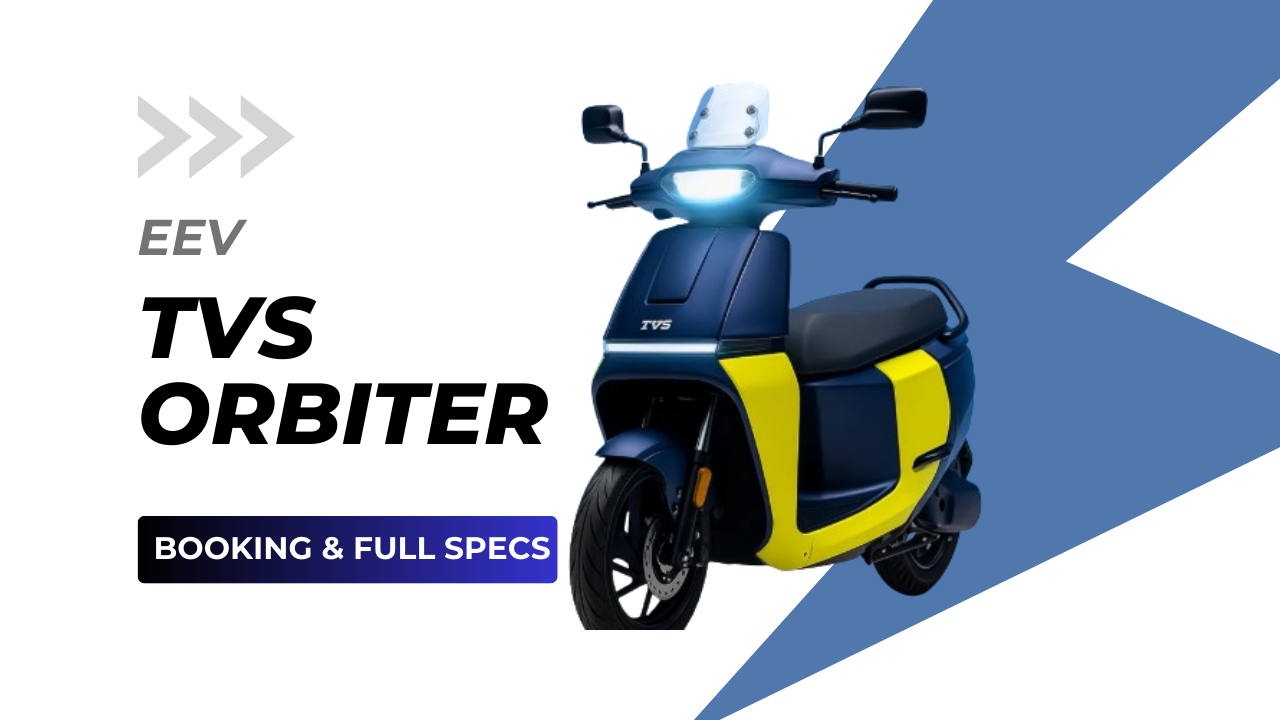
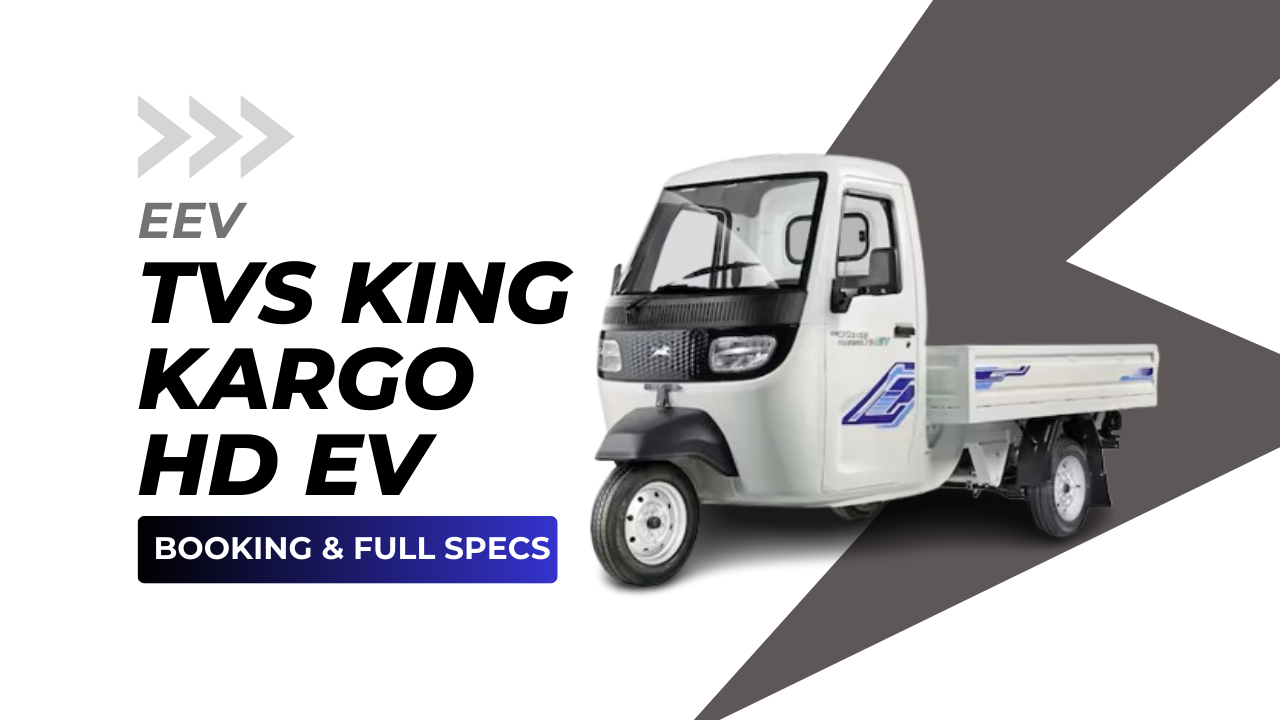


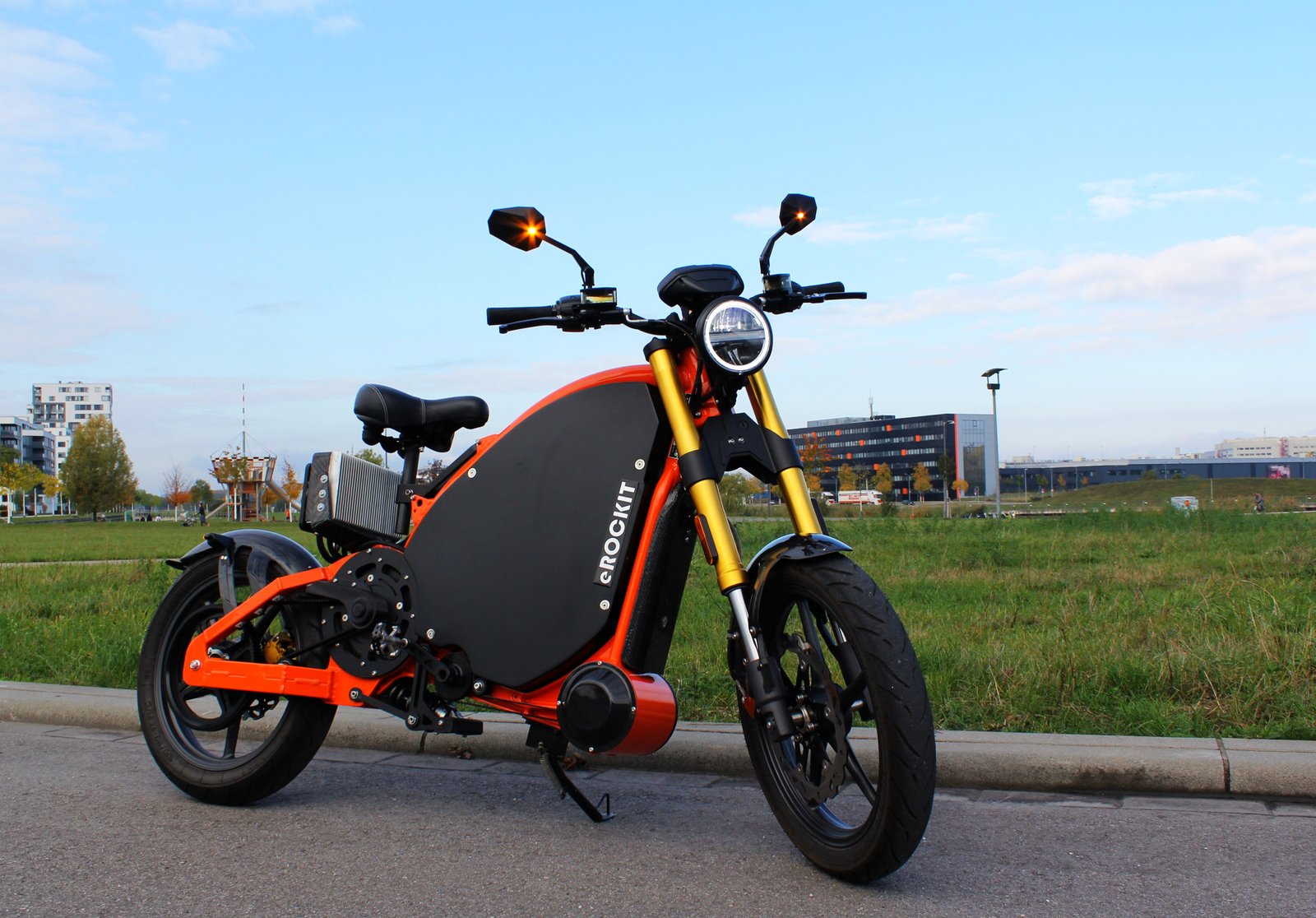

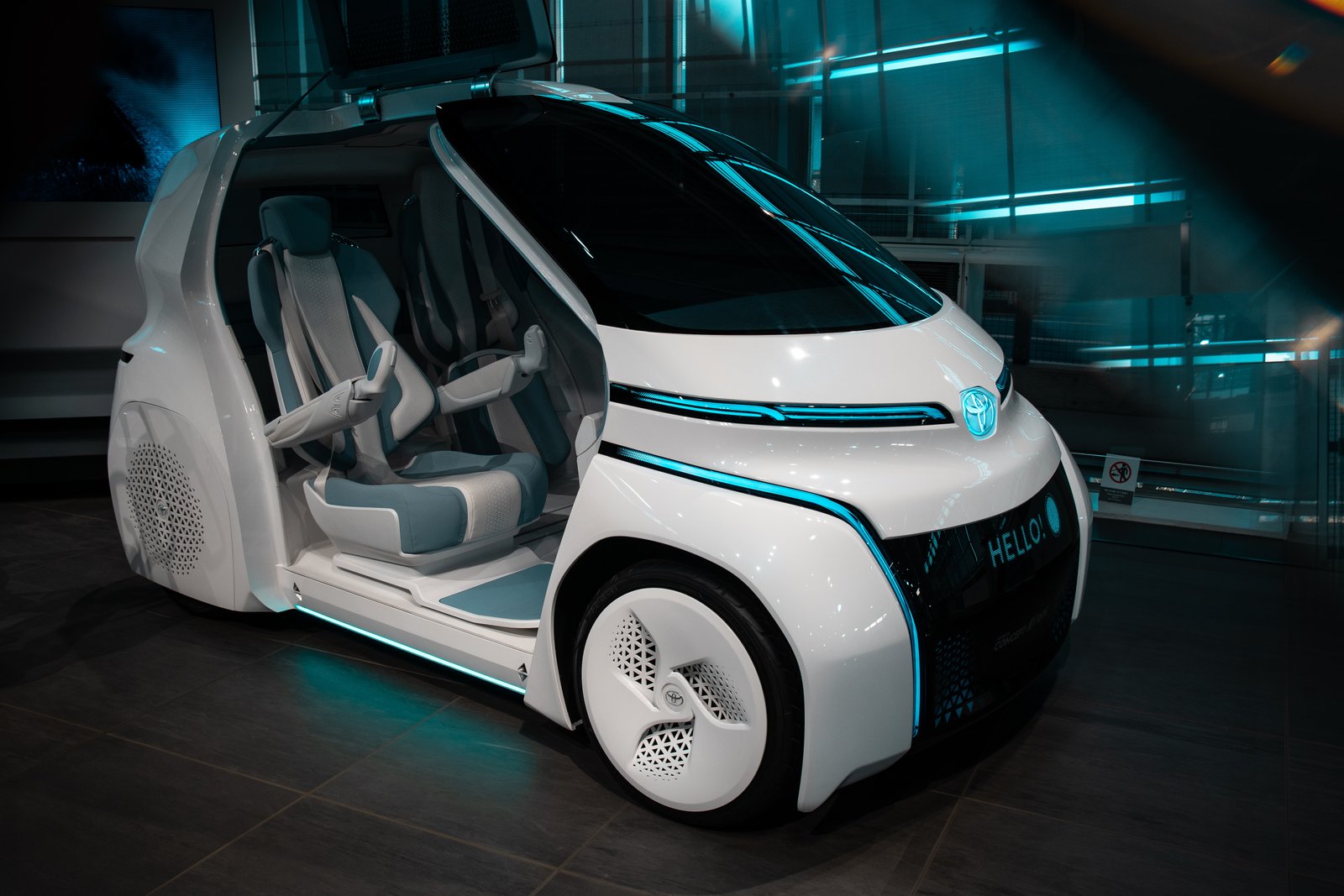

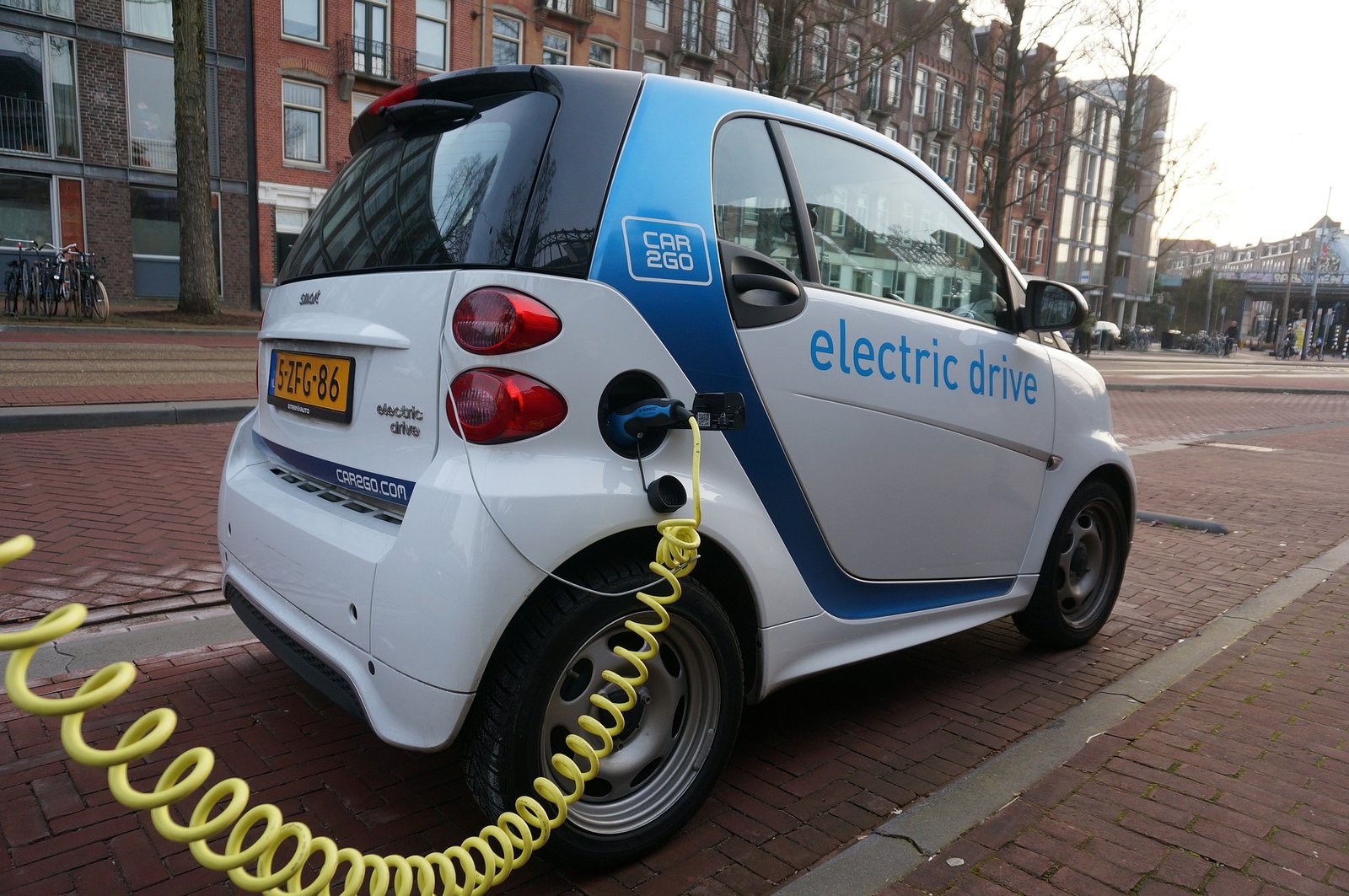

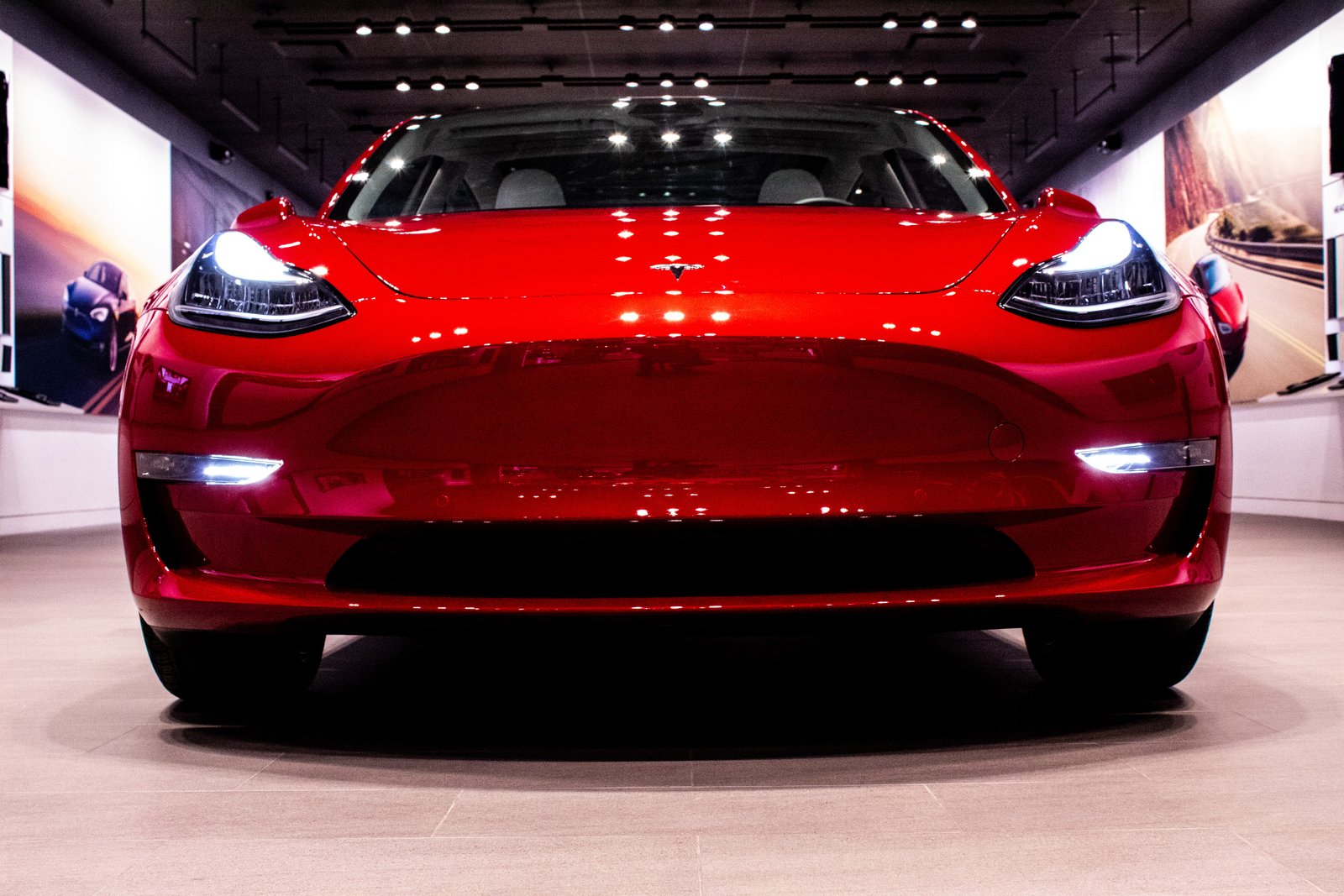
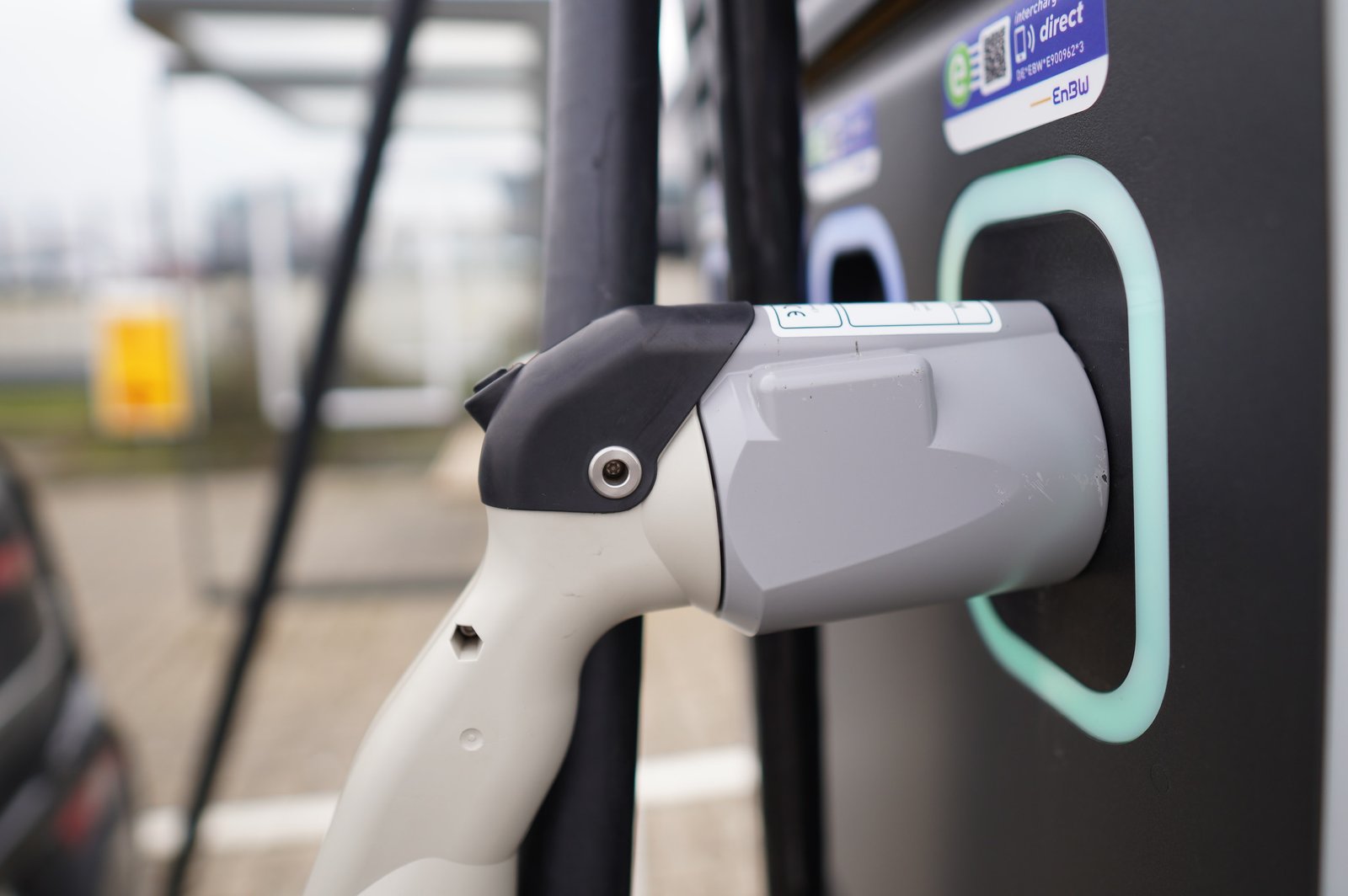
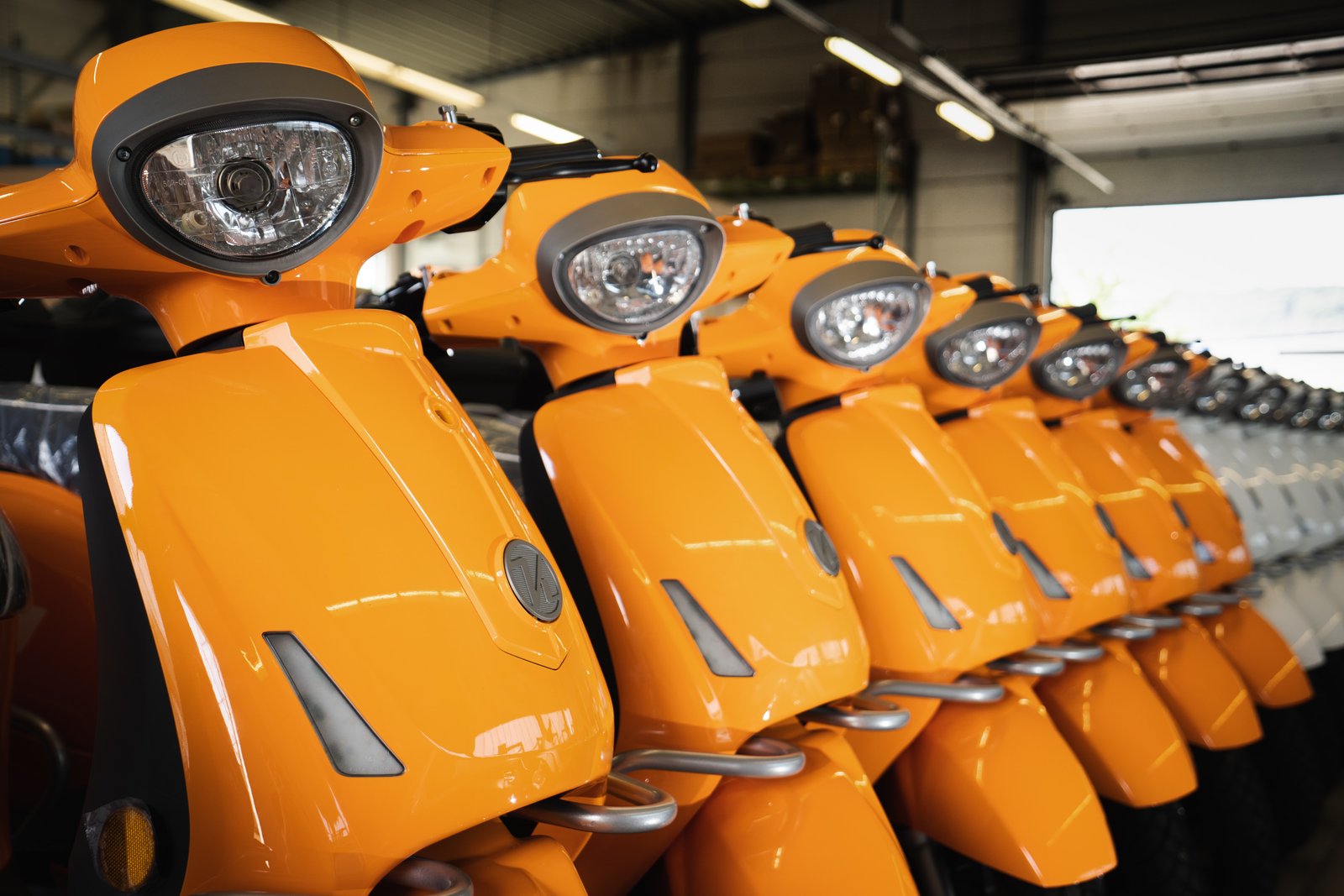
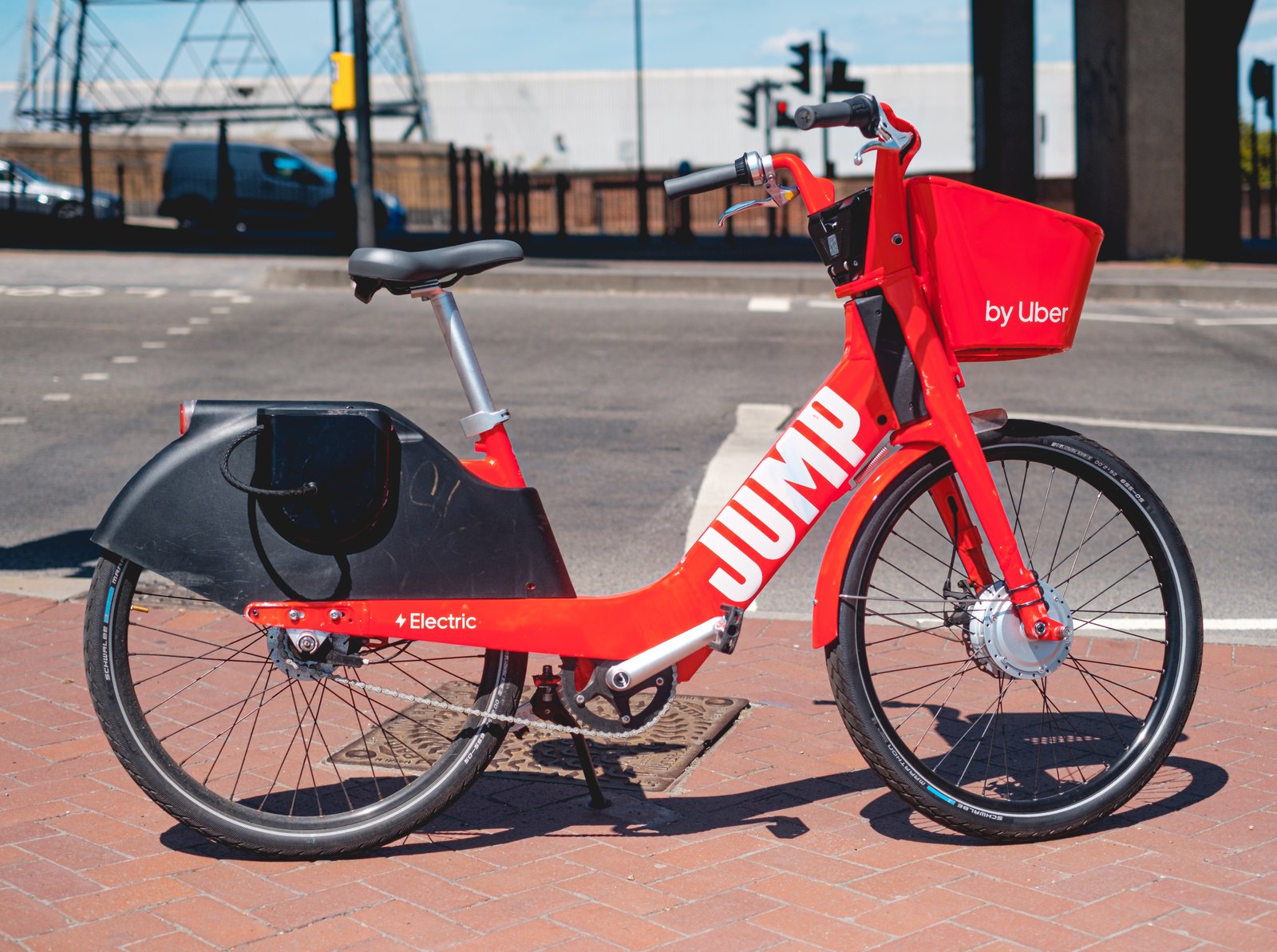

Leave a Comment